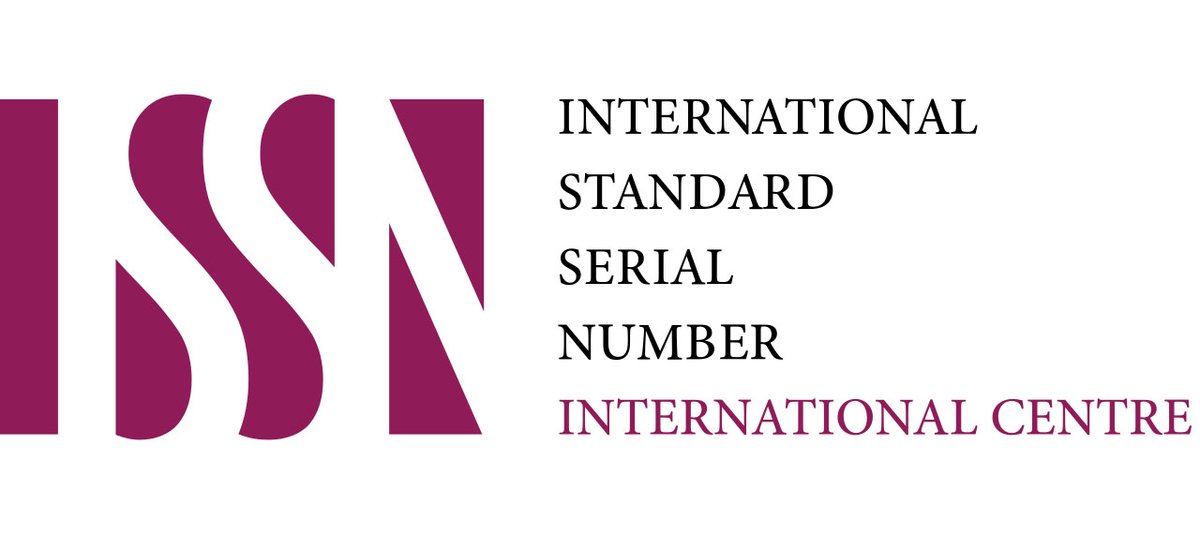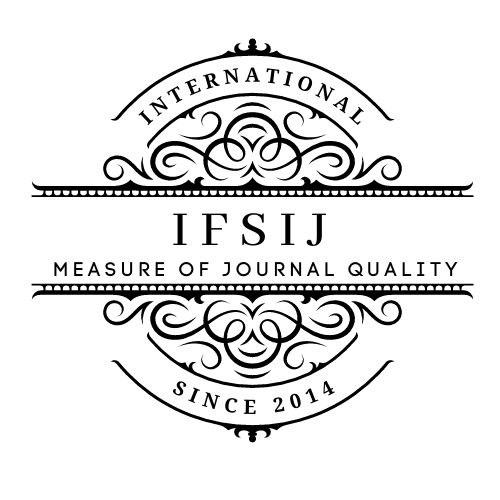PERFUSION COMPUTER TOMOGRAPHY IN PORTAL HYPERTENSION OF VARIOUS GENESIS: FEATURES OF INTRAHEPATIC HEMODYNAMICS
Keywords:
CT liver perfusion, liver cirrhosis, liver fibrosis, portal hypertension, arterial perfusion, portal perfusion, hepatic perfusion index.Abstract
The study of intrahepatic hemodynamic features remains an urgent problem. This is due to the influence of the degree of change of this factor on all the main criteria of severity of the course and prognosis of the pathologic process, the frequency of functional and hemodynamic complications, as well as on the choice of optimal treatment tactics and, accordingly, the duration of its effectiveness. One of the newest and promising options for studying the features of intrahepatic hemodynamics is perfusion computed tomography. Three groups of patients were included in the study taking into account the level of portal blood circulation block: intrahepatic postsinusoidal block in liver cirrhosis - 63 patients, intrahepatic presinusoidal block in liver fibrosis - 10 patients and subhepatic block in extrahepatic portal hypertension - 13 patients. Also, to analyze the nature of changes in perfusion indices relative to normal values, the fourth group consisting of healthy individuals - 24 people - was included in the study. In total, the study was conducted in 110 people aged 18 to 67 years. The analysis of the results obtained in liver PCI showed statistically significant differences of indices in any variant of portal blood flow block from those in healthy individuals, except only arterial fraction in liver fibrosis. The obtained values of liver perfusion fractions showed a high degree of linear dependence of the nature of changes in intrahepatic blood flow in relation to normal parameters depending on the etiology of portal hypertension. Thus, the etiological factor of portal hypertension development affects the peculiarities of changes in hepatic perfusion in relation to the normal values, with a paradoxical increase in the portal fraction with insignificant changes in arterial blood flow and perfusion index being characteristic of liver fibrosis; in liver cirrhosis, reliable changes with a decrease in portal blood flow with a compensatory increase in arterial inflow and perfusion index were noted; in extrahepatic portal hypertension, a mini-infarction of intrahepatic blood flow was verified.
Downloads
Published
How to Cite
Issue
Section
License

This work is licensed under a Creative Commons Attribution-NonCommercial-NoDerivatives 4.0 International License.















